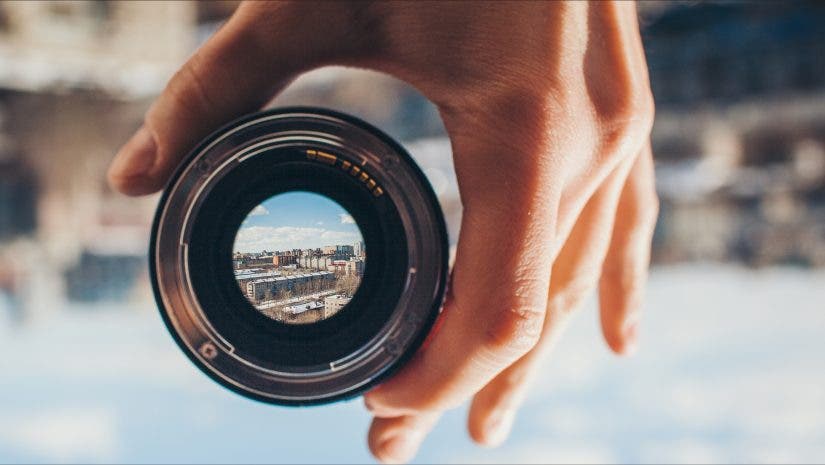How to Choose the Perfect Lens for Your Camera

Choosing the perfect lens for your camera can be a daunting task, but it’s also essential to achieve the best results in your photography. While selecting a lens, there are a number of things to take into account, such as the kind of photography you’ll be taking, the preferred focal length, aperture, and other qualities.
In this blog, we’ll provide some tips on how to choose the best lens for specific types of photography, including portraits, landscapes, and sports. Also, we’ll go over some of the crucial details and qualities to consider when choosing a lens for your DSLR or mirrorless camera.
1.Portrait Photography
You should use a lens that can provide a shallow depth of focus when taking portraits since it helps to blur the background and highlight your subject. For this kind of photography, a prime lens with an f/1.4 or f/1.8 wide aperture works well. For portraits, a 50mm or 85mm lens is a popular option since they offer an aesthetically pleasing perspective and compression.
2. Landscape Photography
You need a lens with a wide-angle focal length that can catch a big scene if you wish to take landscape photos. Landscape photography can benefit from a wide-angle zoom lens with an adjustable focal length, such as a 16-35mm or 24-70mm. In order to guarantee that the entire picture is in focus, you should also use a lens with a narrow aperture of f/8 or higher.
3. Sports Photography
Sports photography needs a lens with a quick autofocus system and a long focal length to capture far-off subjects. For sports photography, a telephoto zoom lens that allows you to get close to the action, like a 70-200mm or 100-400mm, is a great option. To ensure quick shutter speeds and stop the motion, a wide aperture of f/2.8 or higher is also necessary.
When selecting a lens for your DSLR or mirrorless camera, there are several specifications and features to consider, including:
Focal Length: A lens’s focal length determines both its magnification and angle of view. A lower number denotes a narrower angle of view and more magnification, while a higher number denotes a wider angle of view.
Aperture: A lens’s aperture controls the depth of field and how much light enters the camera. Higher numbers correspond to a narrower aperture and deeper depth of field, while lower numbers denote a wider aperture and shallower depth of field.
Image stabilisation: By reducing camera shake, image stabilisation helps to produce sharper images. While some lenses have built-in image stabilisation, others rely on the stabilisation system of the camera body.
Autofocus System: How quickly and precisely the lens can focus on a subject is determined by the autofocus system. While some lenses’ autofocus systems are quick and precise, others might struggle in low light or with moving objects.
Make sure the lens you choose is compatible with your camera body because lenses are made to fit particular camera mounts.
In conclusion, keep in mind your intended photographic style, the desired focal length, aperture, and other features when selecting the ideal lens for your camera. Whether you’re shooting sports, landscapes, or portraits, knowing the specifications and features of a lens will help you make an informed choice and get the best shots.
